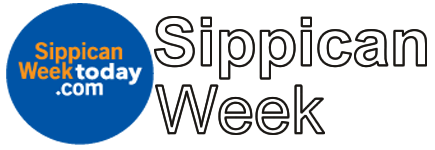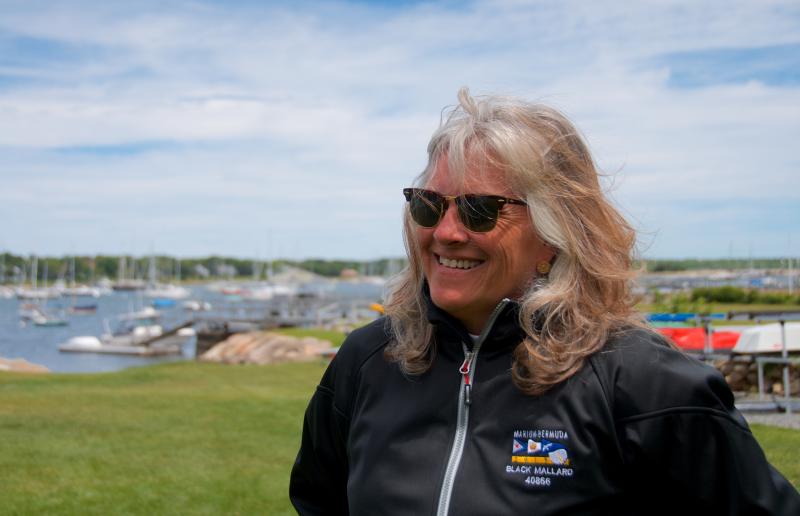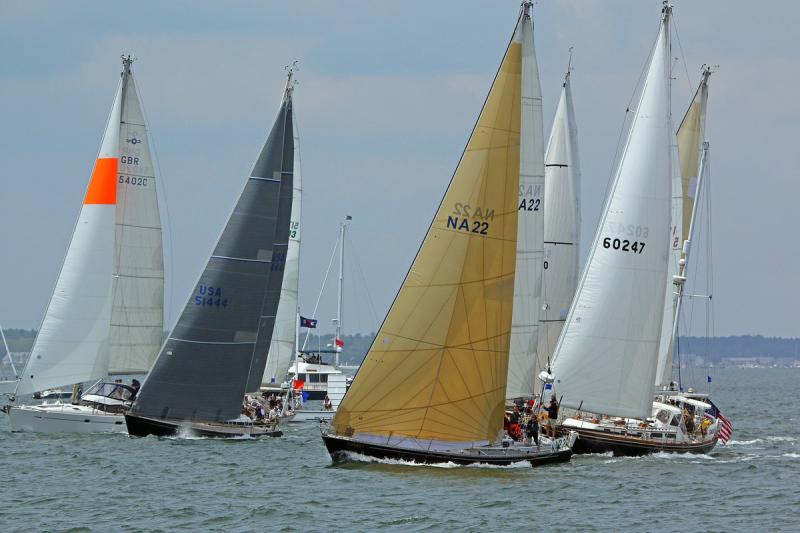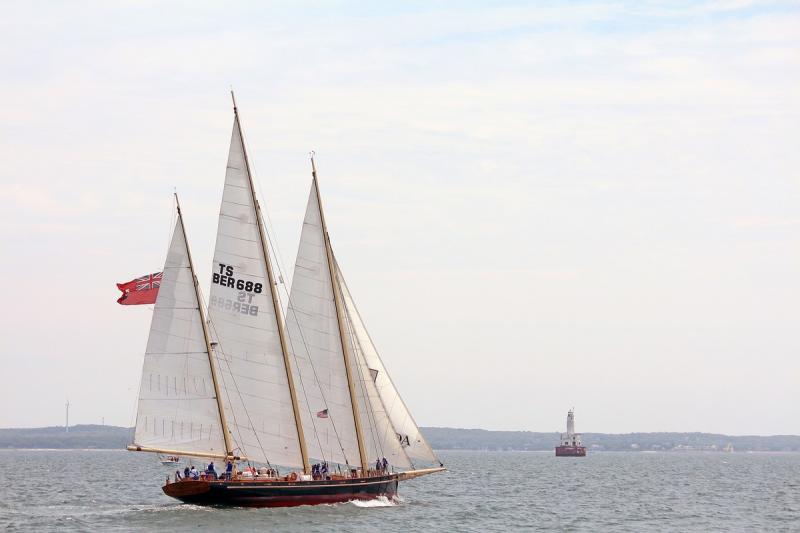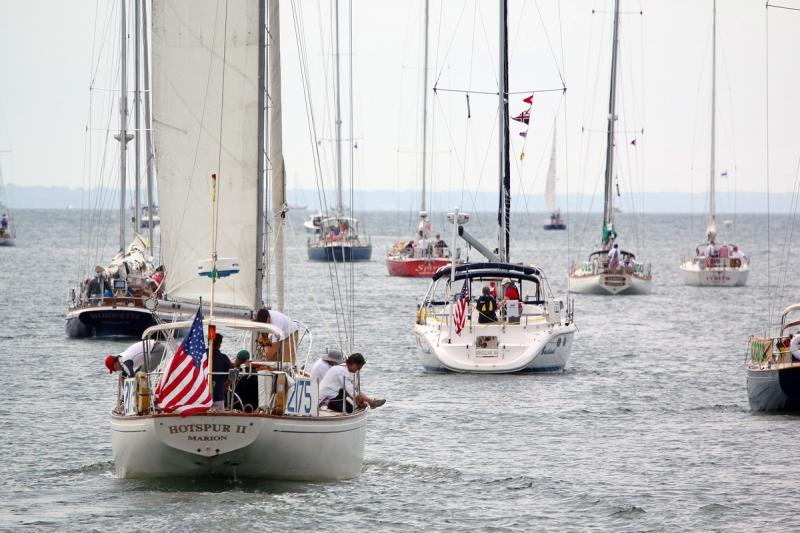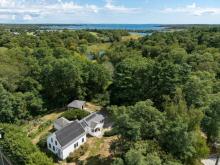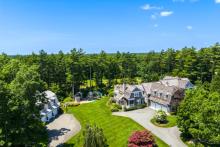Marion to Bermuda: 48 boats set sail on biannual race down the coast
There’s nothing namby pamby about ocean sailing.
“You get six hundred miles offshore and a helicopter is not going to get to you,” says Ray Cullum, marketing chair for the Marion to Bermuda Cruising Yacht Race.
The 645-mile race’s category 1 status means sailors don’t have the comfort of immediate assistance if they’re in trouble. The highest difficulty is category 0 and “that’s around the world,” said Cullum, a Marion resident.
But once you go from coastal sailing to the open water, there’s no going back. At least not for Tracy McRoberts who is sailing the 46 ½-foot Black Mallard in the Marion to Bermuda Race for the third time.
“Once you get into it, unfortunately you’re hooked because there’s nothing like it,” said McRoberts.
The biannual race was designated as one of two signature sporting events for Bermuda this year and has 48 registered boats ranging from 34 feet to the 118-foot tall ship the Spirit of Bermuda, a 30 percent increase over the 2013 race. Only three or four of those are skippered by women.
McRoberts, a resident of Long Island, is one of them.
Being a female boat owner and the skipper comes with its own challenges.
“It’s a very different experience, especially when you’re interviewing the crew,” she said.
During one interview, a man asked to speak to McRoberts’ husband.
“Why would you want to do that?” she asked. “He’s not going to be on board.”
Sexism aside, McRoberts says the Marion to Bermuda Race has changed her perspective on sailing.
“Being out there on the ocean when there’s nothing but you, it’s a very humbling experience,” she said.
After 20 years of coastal sailing, her husband convinced her to try the Marion to Bermuda. It took two years to get all the necessary training, assemble her six-person crew and get the Black Mallard ready.
“To take a boat from cruising to racing is a very daunting task. Think of your boat turning upside down,” said McRoberts. “Every compartment, floorboard, has to be able to be upright and upside down.”
Plus, McRoberts had to convince race officials that she was ready for such a long trip (the race is usually four days to a week) in what can be very unpredictable conditions.
“You do hit incredible storms and high seas and high winds. That’s just part of knowing your own abilities and engaging your crew,” said McRoberts, who prefers the harder weather.
“When I started doing this I had to campaign really hard for organizers to accept me because I didn’t have any offshore experience,” she said. “I went with ‘Christopher Columbus had to start somewhere.’”
After two races using modern navigation tools, McRoberts and her crew are hanging up the GPS. Using a sextant, they will track their trip using celestial navigation, one class of the race that has grown this year.
“We’re the only ocean race that we know of, certainly in North America, that has a class for celestial navigation,” said Cullum. “It adds uniqueness to our race.”
Fifteen boats will use the centuries old navigational technique. The scoring was restructured this year to give the class an extra handicap to even the playing field.
Whether navigating with traditional or modern technology, all of the boats are likely to face complicated weather patterns, as they did in 2009, the first year McRoberts sailed in the race. Cullum said the wind will start out light on Friday but the Gulf Stream is a wild card and sailors will have to deal with the remnants of tropical storm Bill.
“I’m predicting this race you’re going to see everything you can see. This is going to be a very interesting race,” said Cullum, who will navigate on the Escapade II.
A George Washington University doctor will be on call at all times via satellite phone if medical troubles arise and every boat will have a GPS tracker. There is also a powerboat on the route.
Cullum said all risks are minimized as much as possible. He’s also already thinking about the 2017 race. Bermuda will host the America’s Cup that year and Marion to Bermuda is partnering with the organization.
“2017 we expect to be a really big race because of that. As soon as this race is over we’re going to start marketing 2017,” he said.
But come Friday at noon, Cullum wasn’t thinking about what-ifs and marketing plants, he had other thoughts on his mind.
“When you get out there away from land, the stars are on you. You feel like you’re right in the middle of the Milky Way.”
